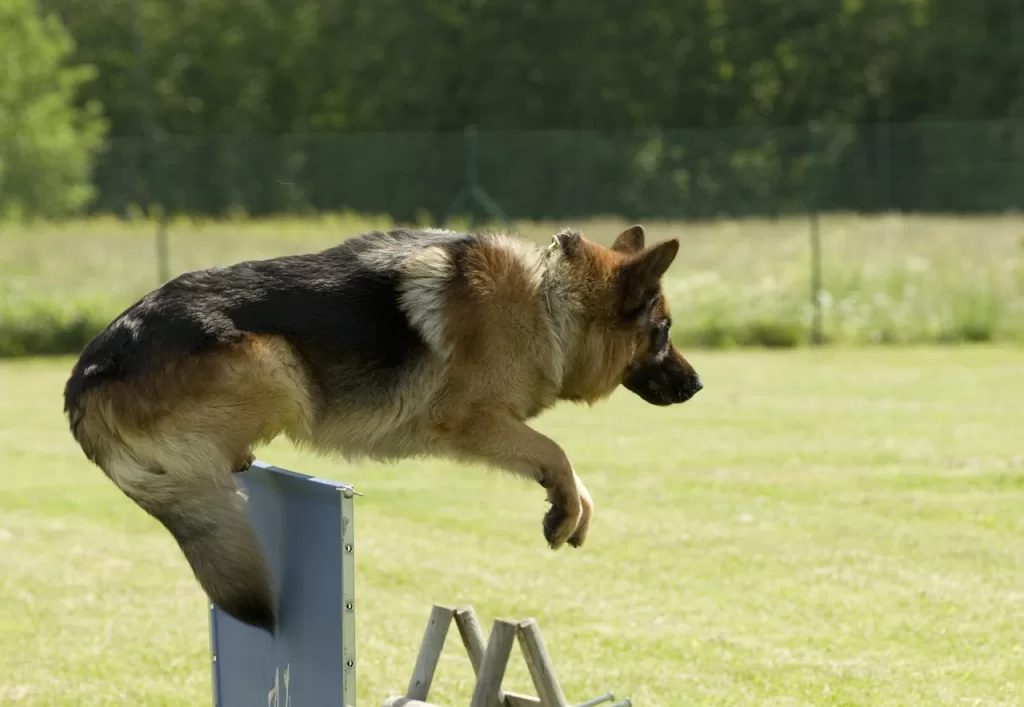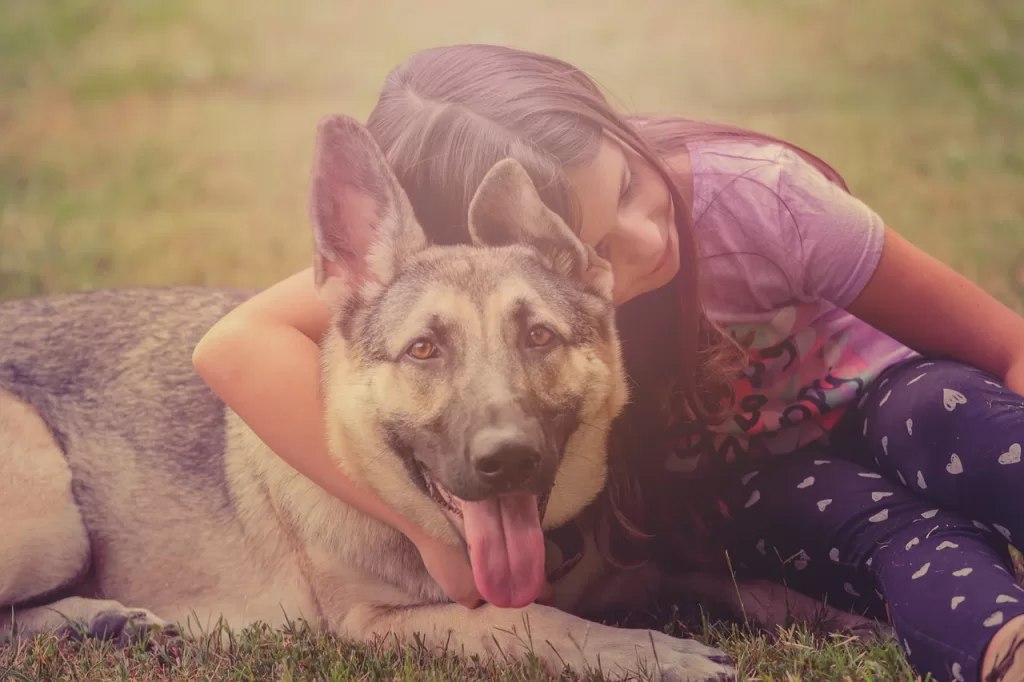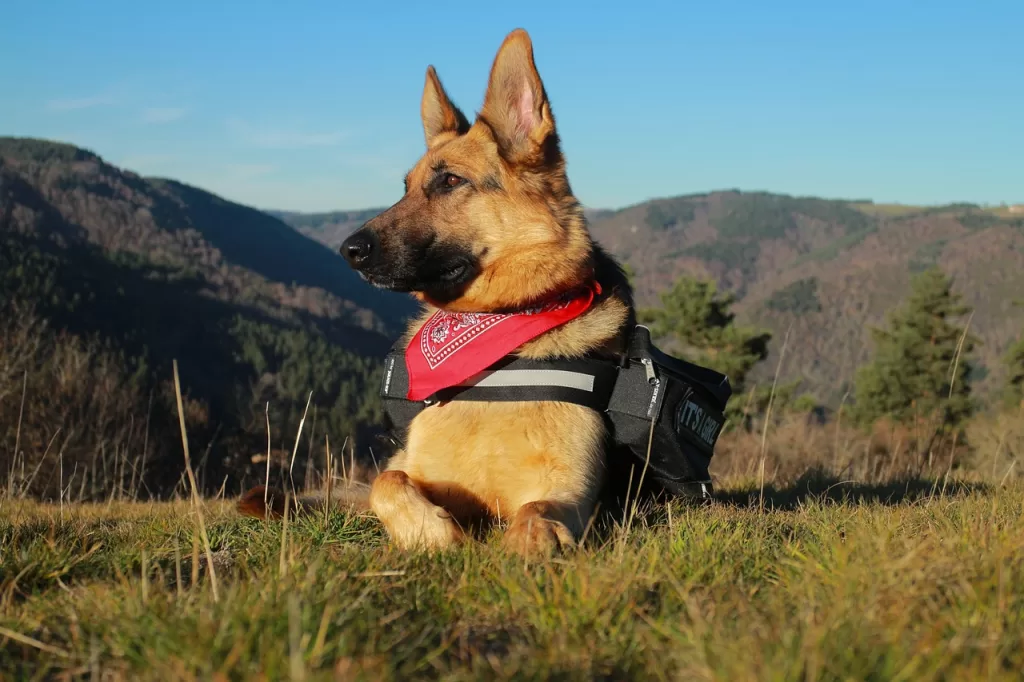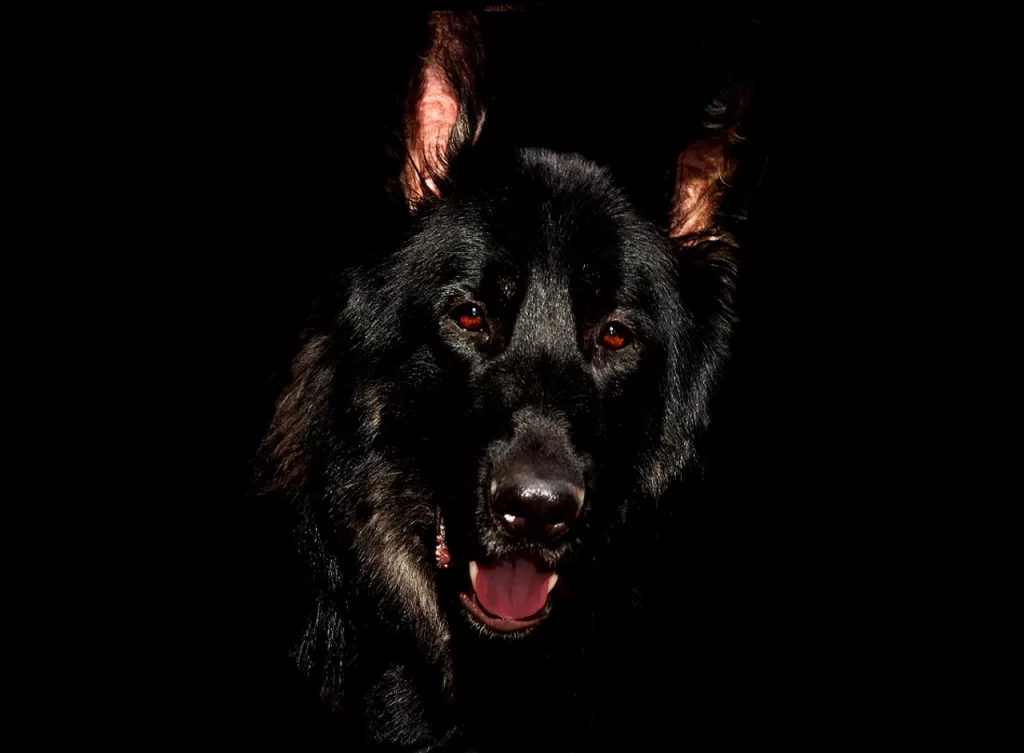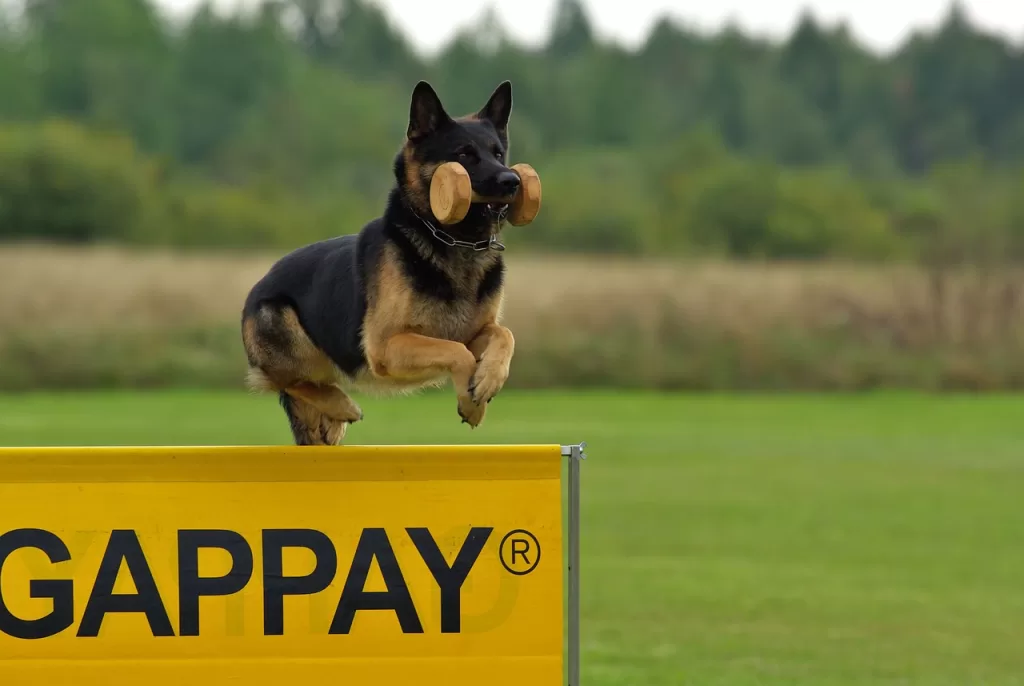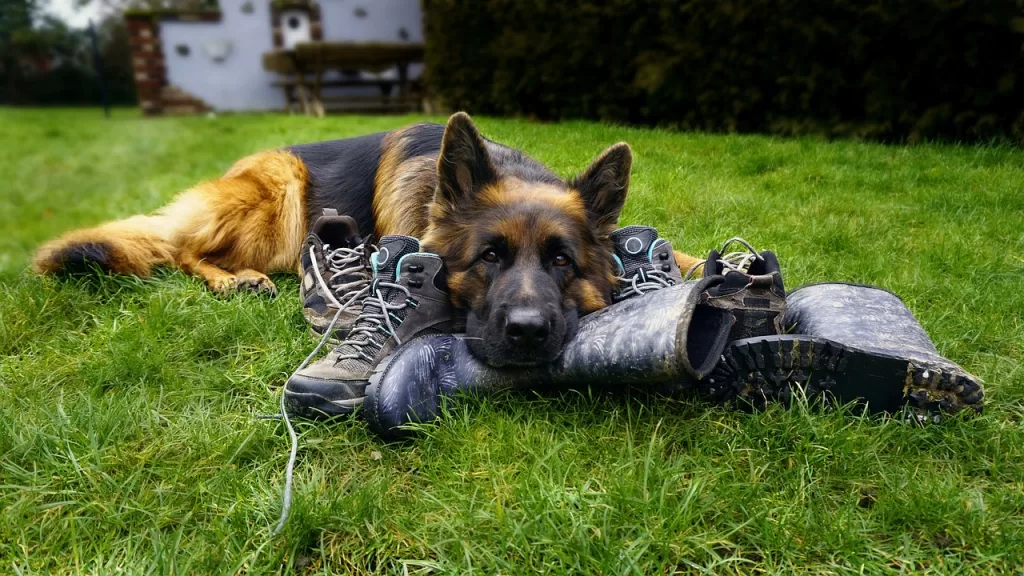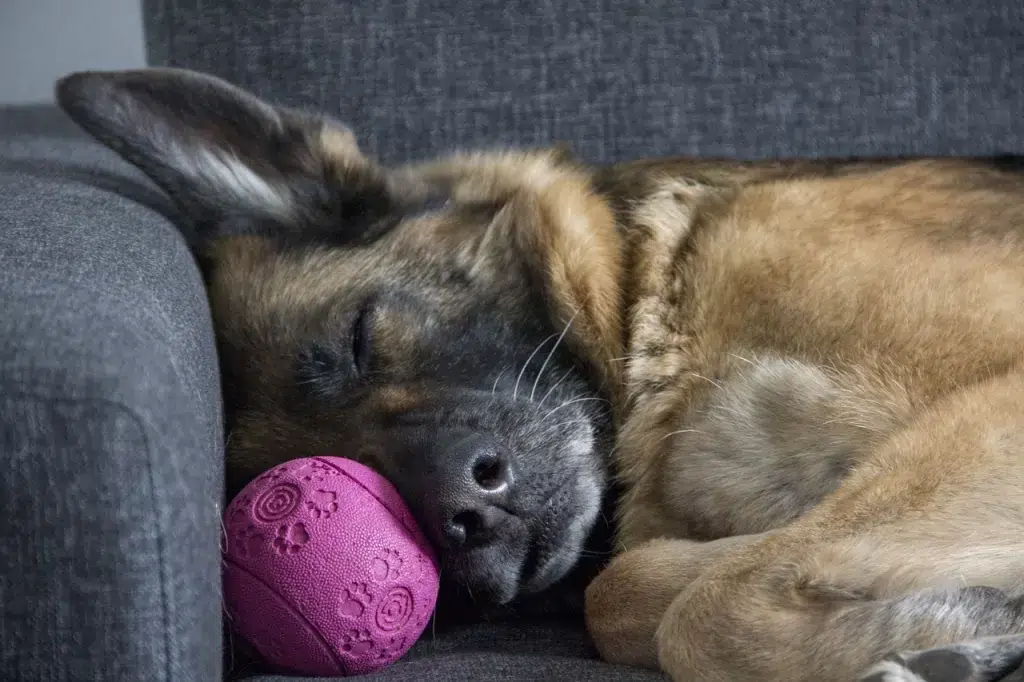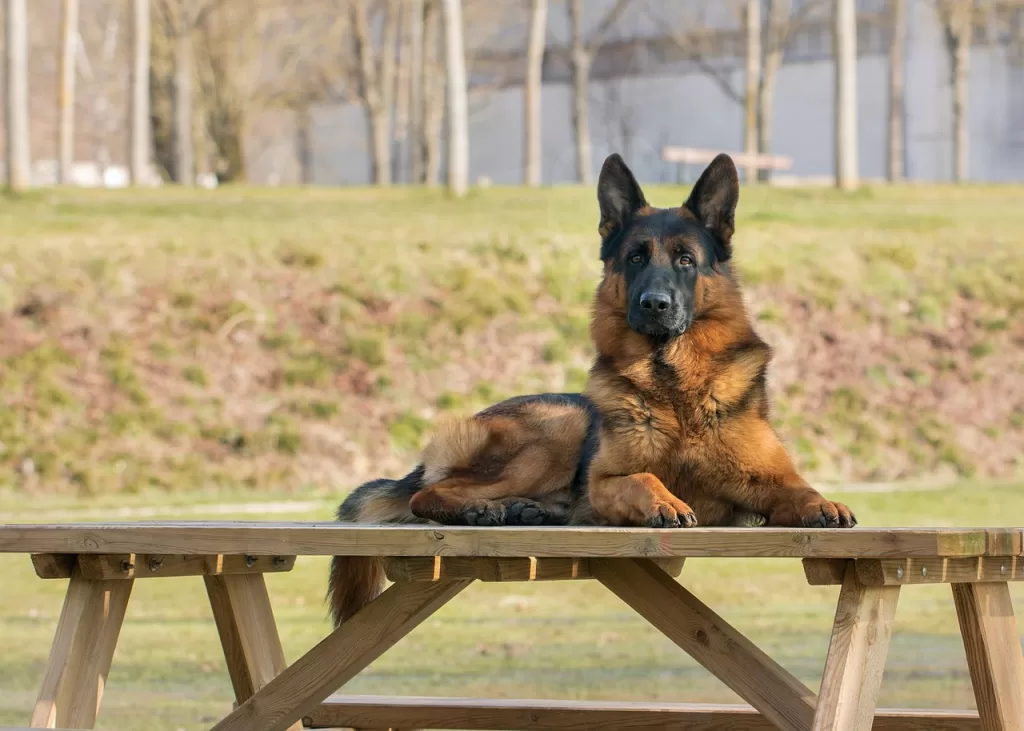Training Your Dog to “Drop It”: Essential for Safety
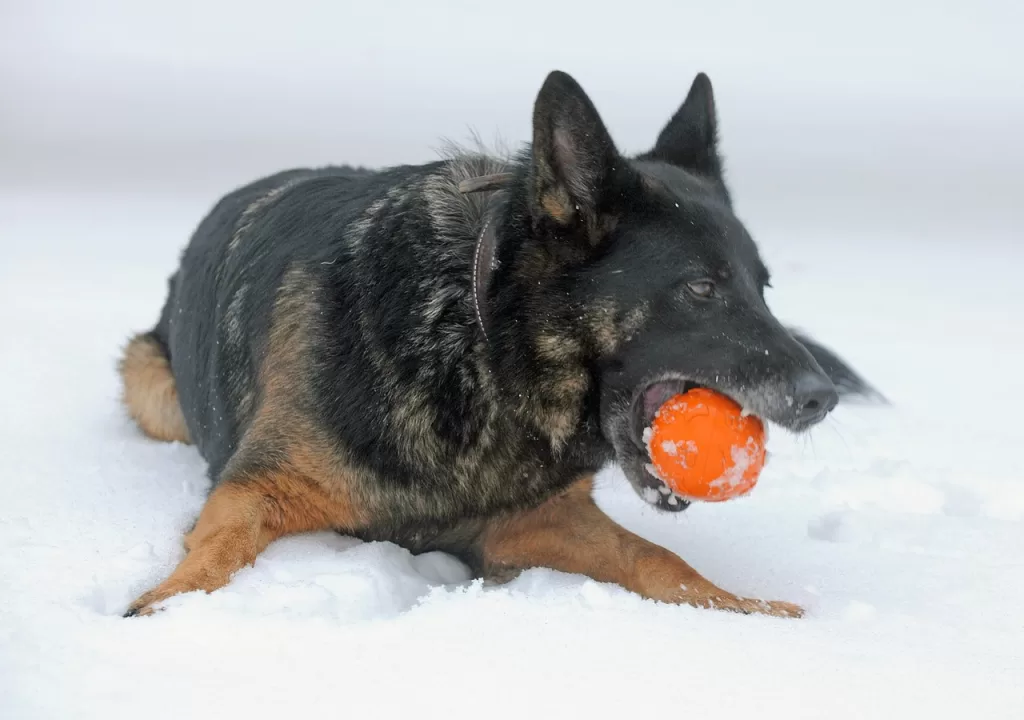
Introduction
Every dog owner knows that dogs have an uncanny ability to find and pick up objects they shouldn’t have. Whether it’s a shoe, a sock, or even something potentially dangerous like medication or a sharp object, it’s a common scenario for dog owners to have to coax their furry friends into letting go. That’s why training your dog to “Drop It” is an essential command for their safety and your peace of mind. In this blog, we’ll explore the importance of teaching your dog this crucial skill and provide step-by-step instructions on how to do it effectively.
Why “Drop It” Matters
The “Drop It” command may seem like a basic trick, but its importance cannot be overstated. Here are some compelling reasons why you should prioritize teaching this command to your dog:
- Safety First: The safety of your dog is paramount. Teaching them to drop something on command can prevent them from swallowing or chewing on something harmful, potentially saving their life.
- Avoiding Resource Guarding: Many dogs exhibit resource guarding behavior, where they become possessive of an item and may growl or snap when someone tries to take it away. Teaching “Drop It” helps prevent these situations and fosters a more cooperative relationship with your dog.
- Positive Social Interactions: A dog that knows the “Drop It” command is less likely to get into conflicts with other dogs over toys or treats during playdates at the park.
- Bonding and Trust: Training sessions provide an excellent opportunity to strengthen the bond between you and your dog. When they learn to trust you and understand that following your commands leads to positive outcomes, your relationship flourishes.
- Everyday Convenience: “Drop It” is a handy command for managing your dog’s behavior. It can save you from chasing after them when they’ve snatched your favorite pair of shoes or your dinner off the table.
How to Train “Drop It”
Now that you understand why teaching “Drop It” is so important, let’s dive into the training process. Remember, patience and consistency are key when teaching any new command to your dog. Here’s a step-by-step guide:
1. Start with a Valuable Object: Begin with an item your dog likes but isn’t overly possessive of, like a toy or treat.
2. Get Your Dog’s Attention: Use a cheerful and clear voice to get your dog’s attention. Say their name followed by “Drop It.”
3. Offer a Trade: Hold a more desirable treat in front of your dog’s nose while saying “Drop It.” Your dog will likely release the item in their mouth to get the treat.
4. Praise and Reward: As soon as your dog drops the item, immediately praise them with words like “Good job!” and give them the treat you were holding.
5. Repeat and Practice: Repeat this process several times, gradually working up to more valuable items. Be patient and reinforce the command consistently.
6. Add Duration: Once your dog understands the command, work on making them hold the item for a few seconds before giving them the treat.
7. Generalize the Command: Practice “Drop It” in various settings and with different items to ensure your dog understands the command regardless of the context.
8. Keep It Positive: Always keep training sessions positive and upbeat. Never punish your dog for not obeying; instead, be patient and encouraging.
9. Stay Consistent: Consistency is key to success. Ensure that everyone in your household uses the same command and training techniques.
10. Gradual Challenges: As your dog becomes more proficient, you can increase the challenge by having them drop items at a distance or during playtime.
Conclusion
Training your dog to “Drop It” is not just about obedience;
it’s about ensuring their safety and fostering a harmonious relationship between you and your furry companion. By following the steps outlined in this blog and dedicating time to consistent training, you can equip your dog with a valuable skill that will benefit both of you for years to come. Remember, patience and positive reinforcement go a long way in helping your dog master this essential command.
To access further information, please click here: www.valhallk9.com
Training Your Dog to “Drop It”: Essential for Safety Read More »

